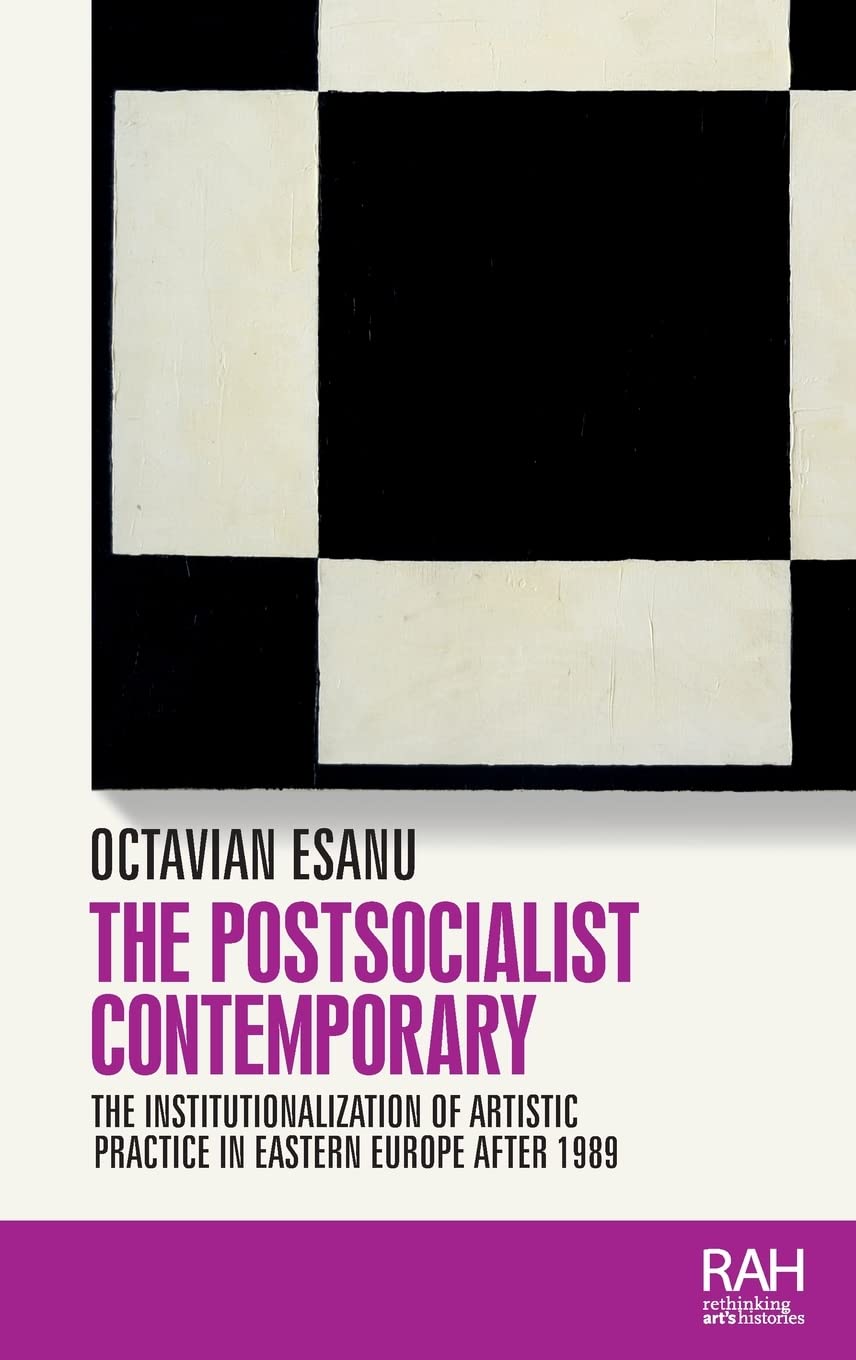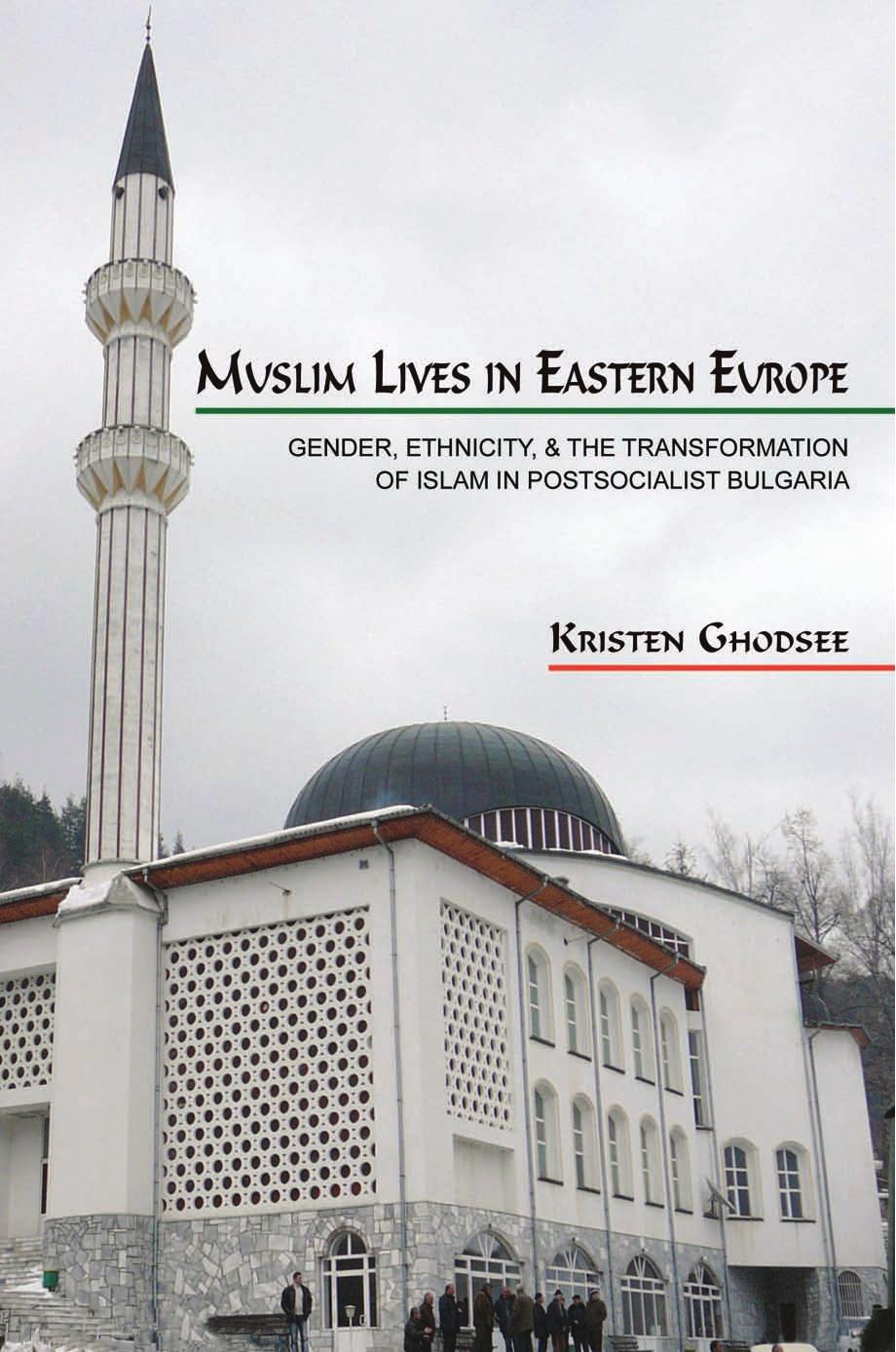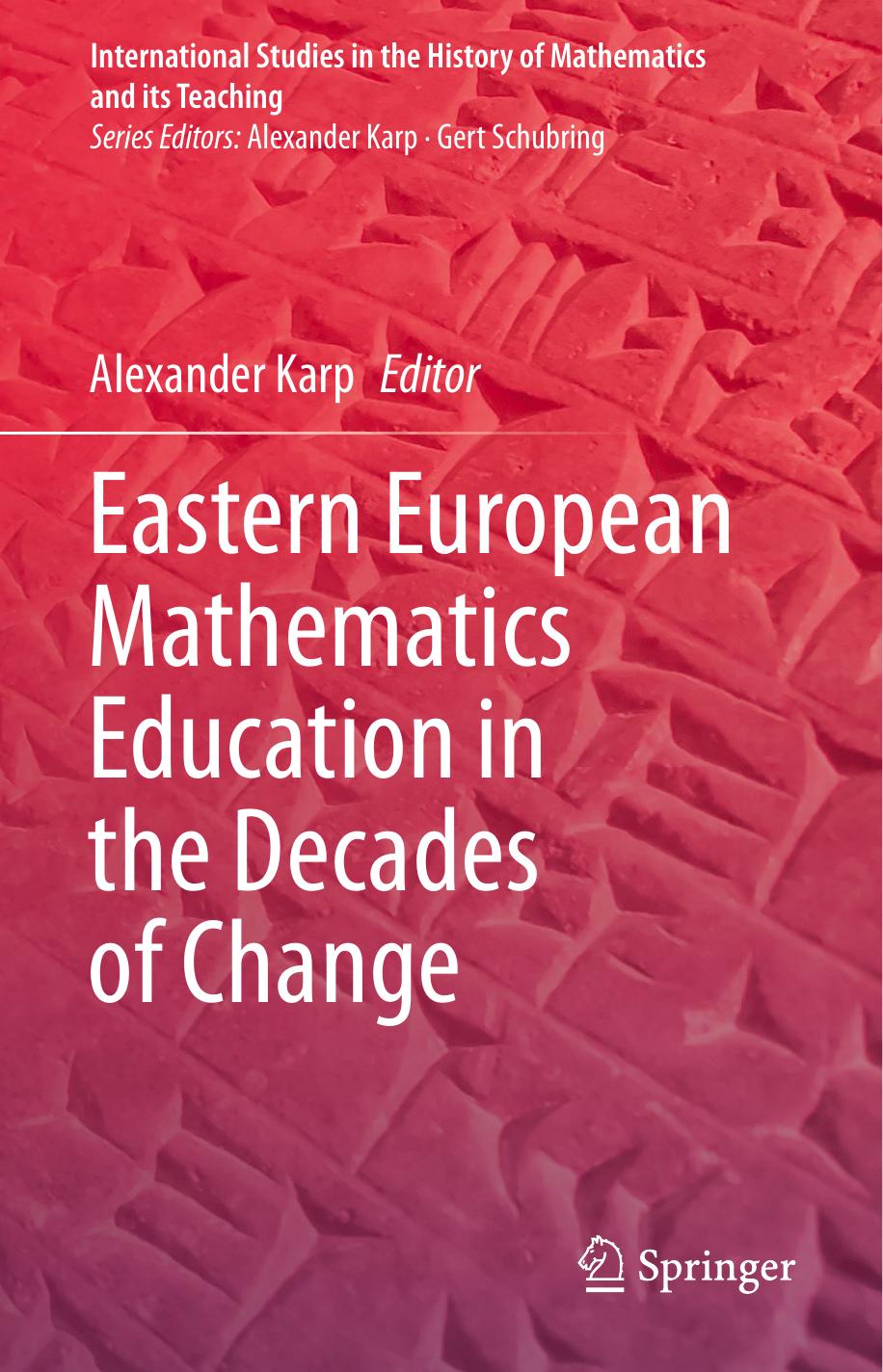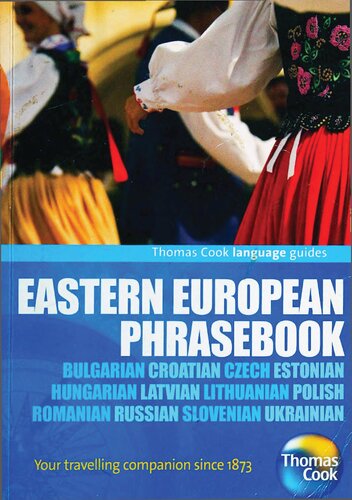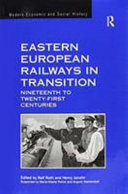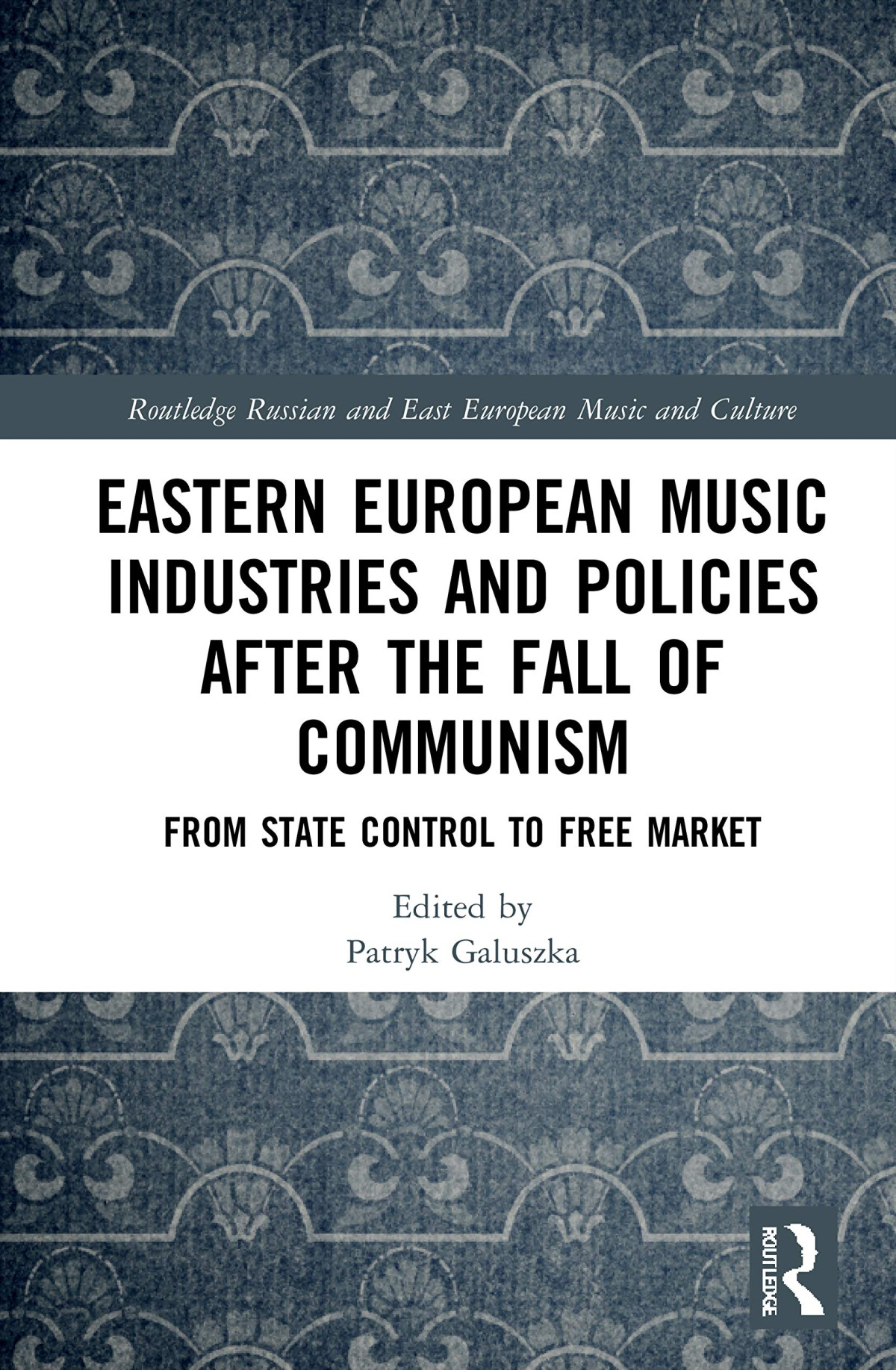Eastern European poets 1st Edition by Salem Press ISBN 1429836687 9781429836685 by Reisman, Rosemary M Canfield(editor) 9781429836685, 9781587659195, 1429836687, 1587659190 instant download after payment.
Eastern European poets 1st Edition by Salem Press - Ebook PDF Instant Download/Delivery: 1429836687, 9781429836685
Full download Eastern European poets 1st Edition after payment
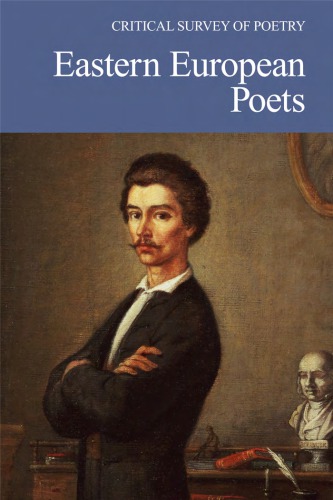
Product details:
ISBN 10: 1429836687
ISBN 13: 9781429836685
Author: Salem Press
HUNGARIAN POETRY Along the well-worn path the Hungarians (Magyars) took westward during the centuries preceding their entry into the Carpathian Basin in 896 c.e., they shaped a peculiar folk culture and folk poetry. Ethnographers, linguists, and researchers of comparative literature have arrived at this conclusion, even though no written trace of ancient Hungarian literature has survived. The runic alphabet of the seminomadic Hungarians was not used for recording literary texts, but the wealth of ancient poetry is attested by later allusions, although after Christianization in about 1000, both the state and the Church made every effort to eradicate even the memory of the pagan period. The chant of the shaman, an improvised incantation for the purposes of sorcery, prophecy, necromancy, or healing, often combined with music, dance, and a primitive form of drama, thus survived primarily in children’s rhymes and other simple ritualistic expressions. The secular counterparts of the shamans, the minstrels (regosok), provided the first examples of epic poetry, recounting the origin of the Hungarians. Two of these epics are known (in their later reconstructed forms) as the Legend of the Miraculous Stag and the Lay of the White Steed. The versification is believed to have been similar to that of other ancient European poetry; it is thought, for example, that the Hungarian minstrels did not use rhyme, relying instead on alliteration. The culture of medieval Hungary was influenced by both Roman and Byzantine Christianity, but it was most effectively shaped by the various monastic orders (Benedictines, Cistercians, Dominicans, and Franciscans, among others) who settled in the land from the tenth to the thirteenth centuries. Learning remained almost entirely theological until the middle of the fourteenth century, and writing continued even longer in Latin, the language of the Church. The Latin hymns and laments of Hungarian monk-writers were mostly dedicated to the praise of Hungarian saints, and their subject matter generally derived from the legends associated with these saints. Because only later copies of these creations survived, little is known of their origins or of their authors. The earliest known poetic text in Hungarian originates from about 1300: The “Ómagyar Mária-siralom” (“Ancient Hungarian Lament of Mary”) is an adaptation from the “Planctus Sanctae Mariae” of Geoffroi de Breteuil (died 1196). The original liturgical hymn was transformed into a pious lay song with strong mystical undercurrents. Written in the ancient Hungarian line, consisting of eight syllables, with stress on the first and the fifth, the poetic technique of the “Ancient Hungarian Lament of Mary” is so accomplished that centuries of literary practice must be assumed to have preceded it. While epic romances and troubadour songs began to flourish in the fourteenth century, the poetry of chivalry left relatively scarce evidence of its existence in Hungary. Its best-known example is the chanson de geste woven around the figure of Miklós Toldi, a 1
Eastern European poets 1st Table of contents:
-
Hungarian Poetry
-
Polish Poetry
-
Romanian Poetry
-
Endre Ady
-
János Arany
-
Mihály Babits
-
Stanisuaw Baranczak
-
Paul Celan
-
Andrei Codrescu
-
Zbigniew Herbert
-
Gyula Illyés
-
Irving Layton
-
Osip Mandelstam
-
Itzik Manger
-
Adam Mickiewicz
-
Czeslaw Milosz
-
Dan Pagis
-
Sándor Petofi
-
Miklós Radnóti
-
Carl Rakosi
-
Tadeusz Rózewicz
-
Antoni Slonimski
-
Juliusz Slowacki
-
Lucien Stryk
-
Anna Swir
-
Wislawa Szymborska
-
Tristan Tzara
-
Mihály Vörösmarty
-
Adam Wazyk
-
Adam Zagajewski
-
Checklist for Explicating a Poem
-
Bibliography
-
Guide to Online Resources
People also search for Eastern European poets 1st:
eastern european authors
eastern european poetry
famous eastern european poets
european poets
european poetry
Tags: Salem Press, European, Eastern



